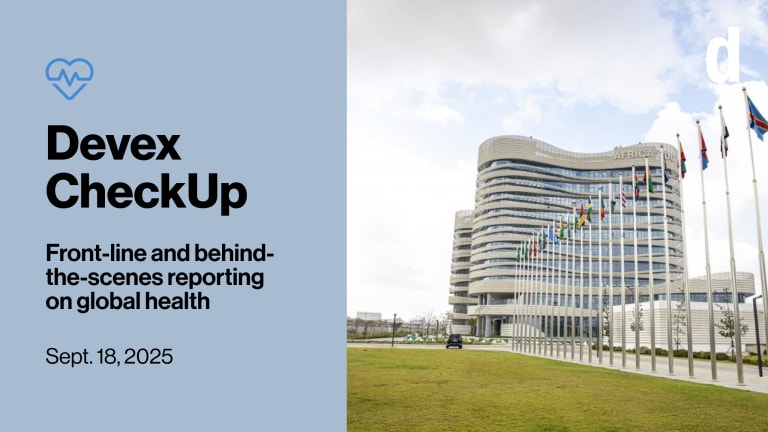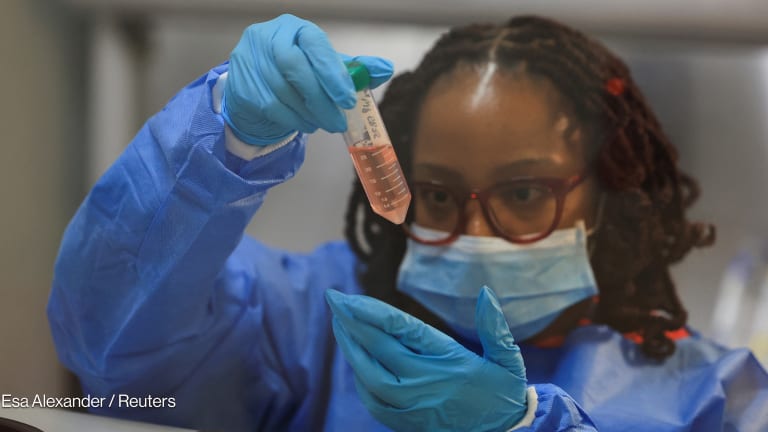As part of a new era for health emergencies on the African continent, the Africa Centres for Disease Control and Prevention and the World Health Organization’s regional office for Africa launched a joint plan for responding to the mpox emergency on the continent on Friday. It’s a six-month plan that aims to mobilize nearly $600 million.
It’s the first time the agencies are using one continental coordination team, response plan, budget, and monitoring and evaluation framework in a major health response.
This is part of yearslong efforts for the two organizations to work more cooperatively together. In the past, there have been challenges around duplications of efforts that led to inefficiencies, wasted resources, and confusion.
Printing articles to share with others is a breach of our terms and conditions and copyright policy. Please use the sharing options on the left side of the article. Devex Pro members may share up to 10 articles per month using the Pro share tool ( ).








